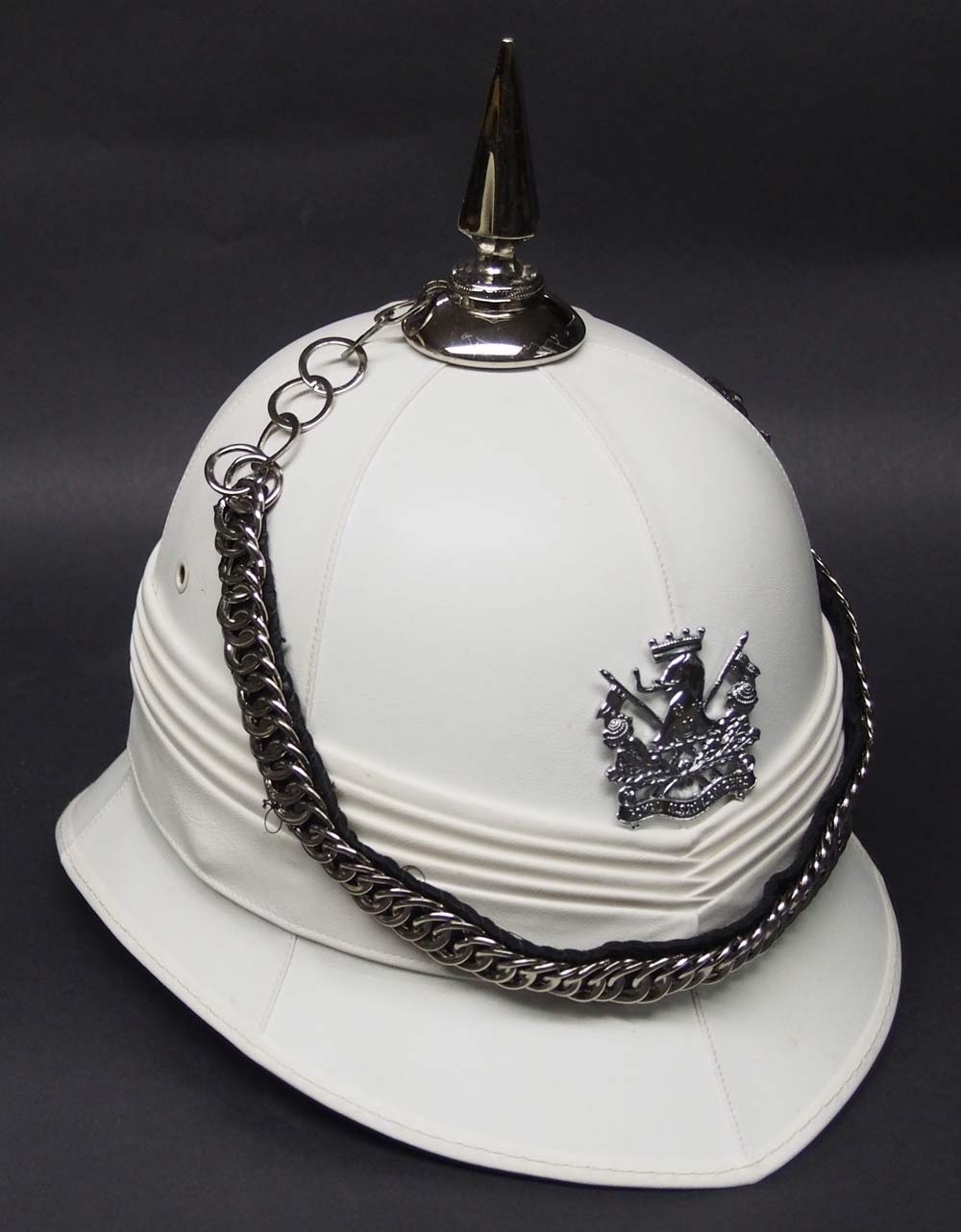It is with great sadness that we mark the passing of the site’s co-founder Stuart Bates.
As a friend, he will be sadly missed. He was always willing to assist anyone asking for help, and he routinely provided advice when he could. A dedicated researcher, historian, author and collector, Stuart was instrumental in the history and study of tropical headdress. A lifelong collector, Stuart’s contributions to the helmet world have enlightened and educated countless others. The collecting community is richer for his being a part of it.
This is a loss to his family, friends and colleagues alike. All in all, Stuart was just a nice considerate man. He will be dearly missed. R.I.P. Stuart.
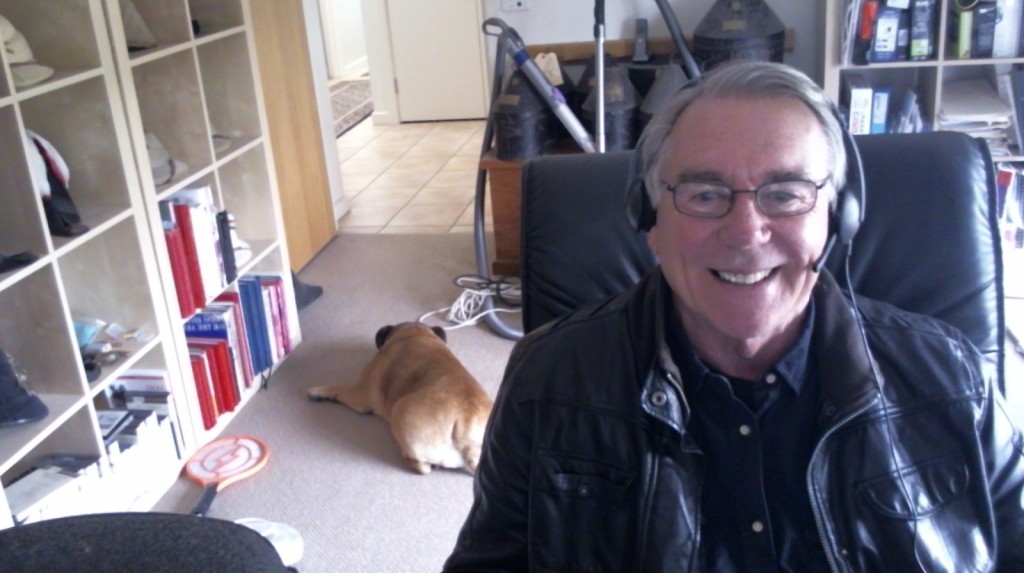


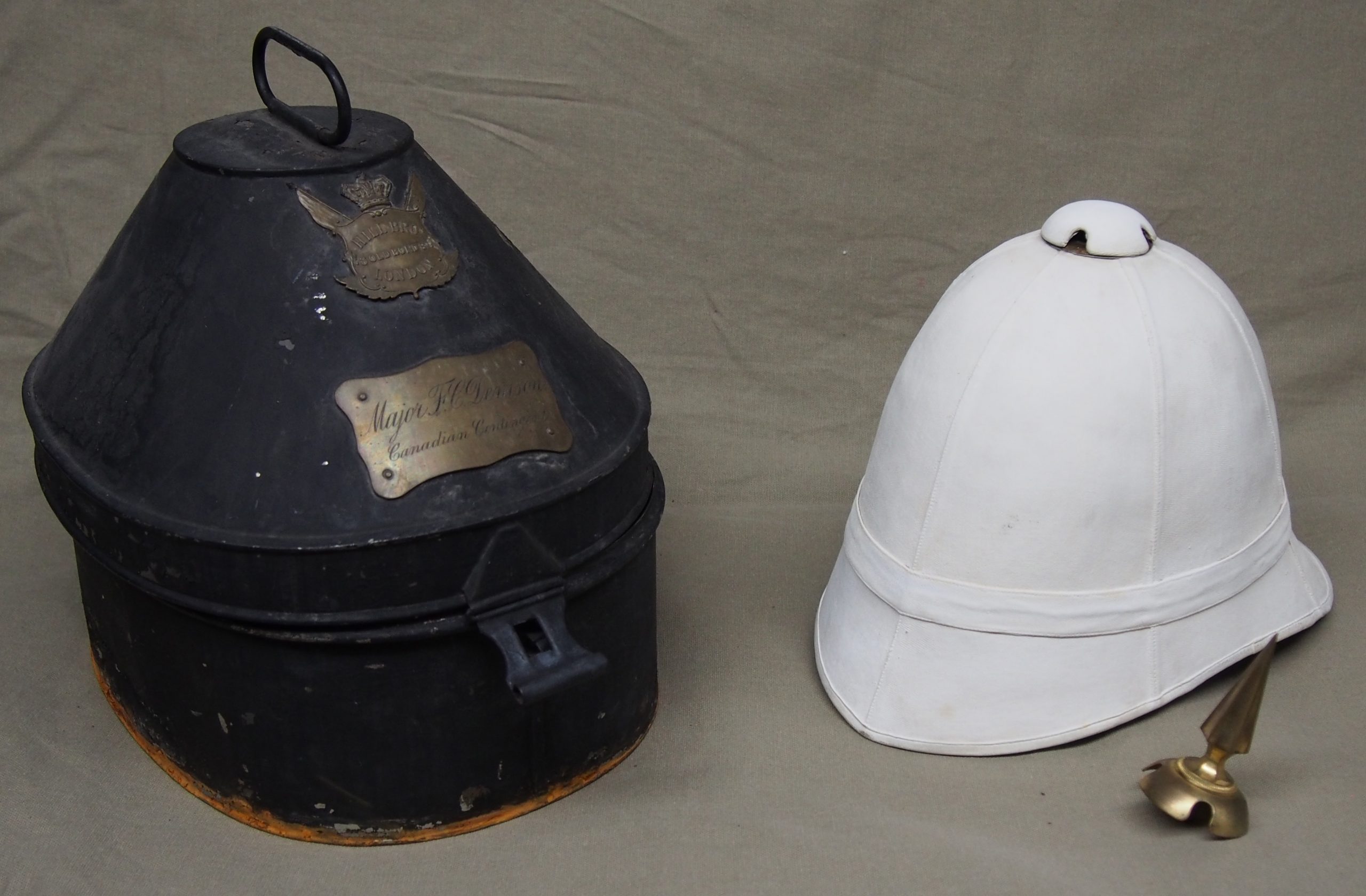
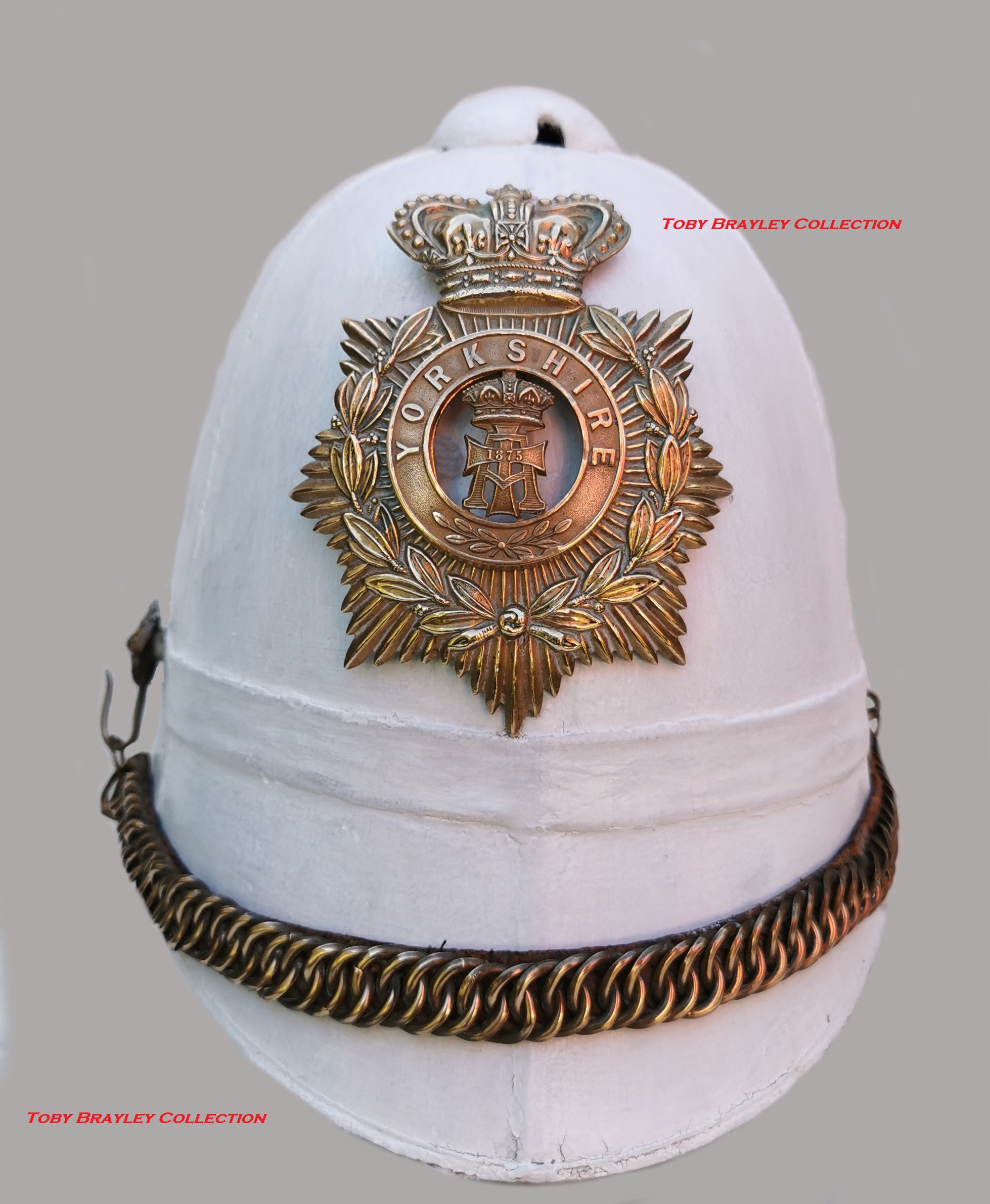
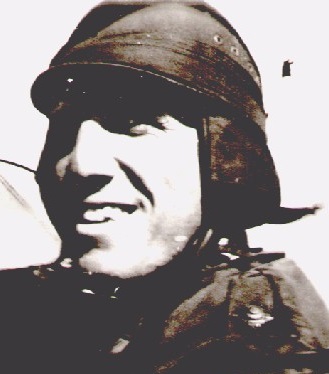
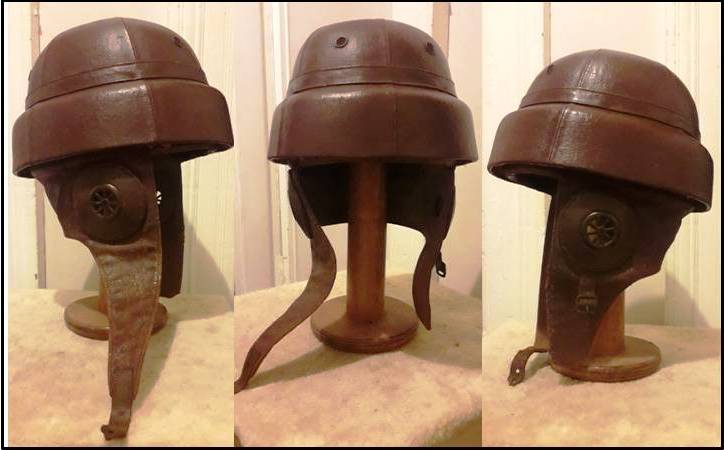
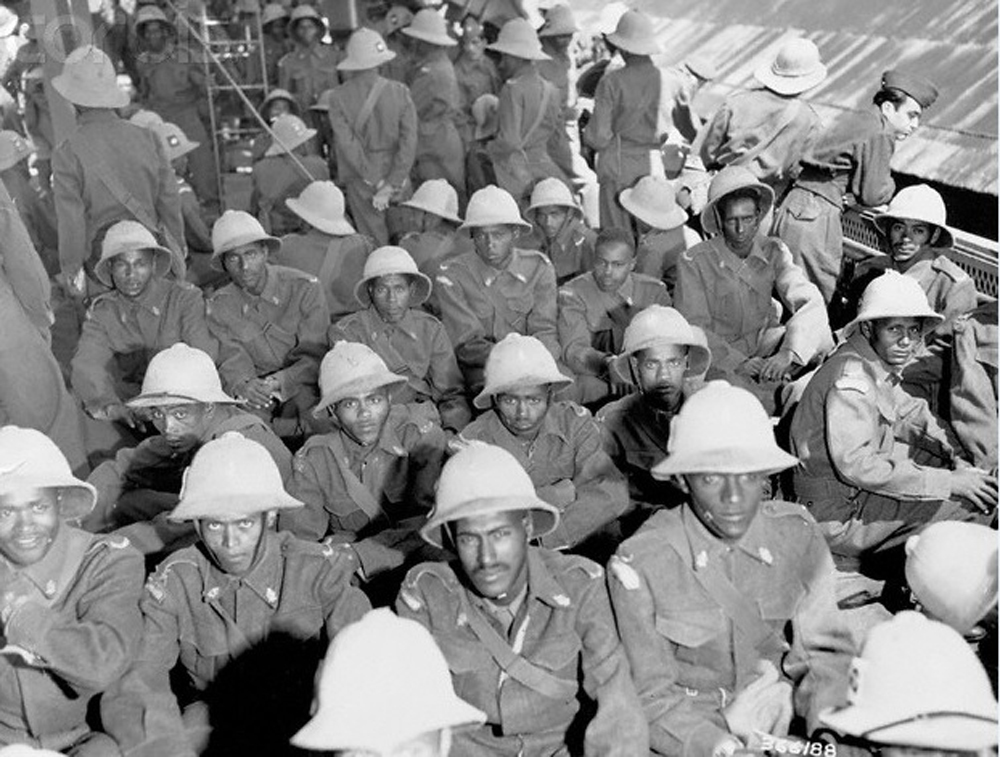 Ethiopia was one of the 16 nations that made up the United Nations Command (UNC) to fight in the Korean War. The men in Ethiopia’s Kagnew Battalion, which were largely drawn from the
Ethiopia was one of the 16 nations that made up the United Nations Command (UNC) to fight in the Korean War. The men in Ethiopia’s Kagnew Battalion, which were largely drawn from the 